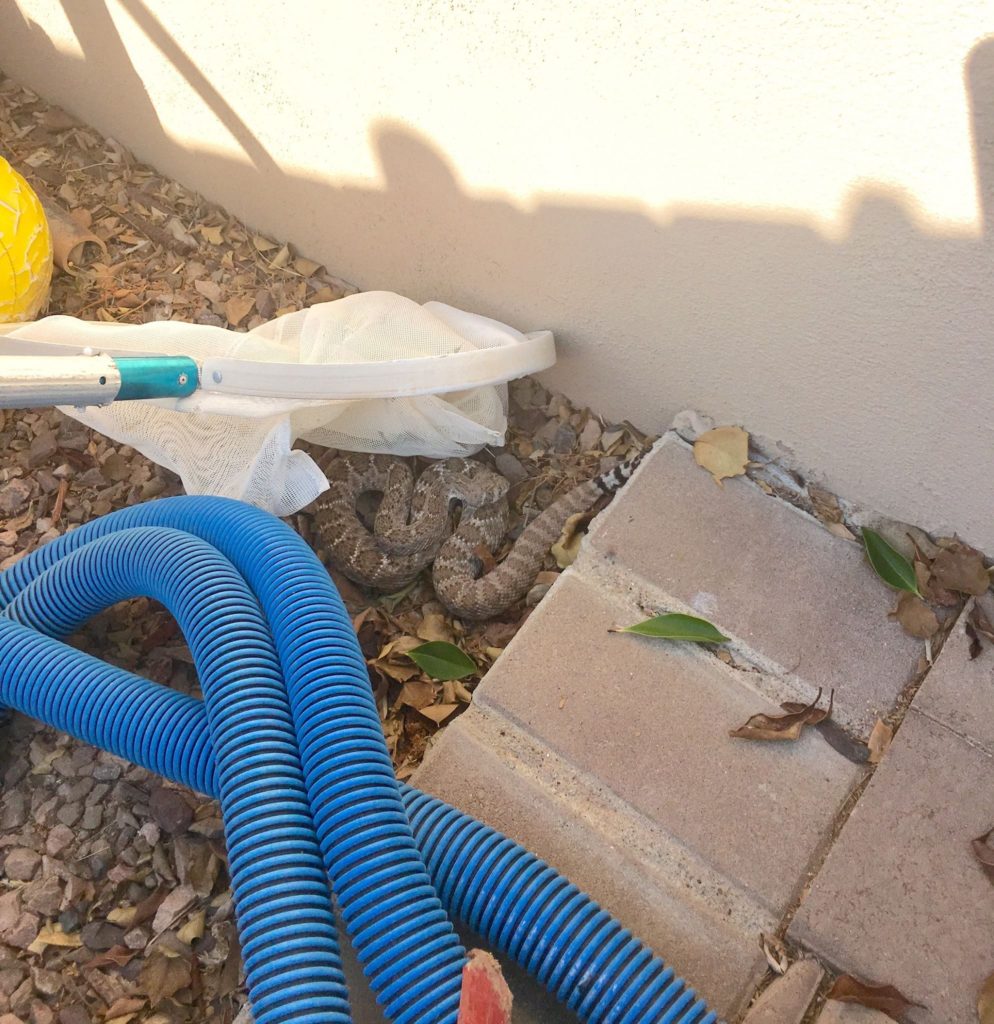Photo by Brandon Harmon, Rattlesnake Solutions
Many people move to Arizona for our near-constant sunshine, and mild winters. These also make for perfect conditions for reptiles, which to the dismay of many homeowners, live in great numbers throughout the state. Where our neighborhoods meet the desert, an encounter with a snake every so often is just part of life.
The valley is home to 6 unique species of rattlesnake, all of which pack a harmful, venomous bite. A bite, which if logic prevails, is almost always optional. Rattlesnakes are on the menu for many desert predators. They’re nervous, shy, and like most animals, will try to prevent their own death when it is threatened. Rattlesnakes do not chase, jump at, or come after perceived predators, regardless of the numerous, fictional tales we as Arizonans are sure to hear. The fact is; rattlesnakes encounters are almost always harmless if in nature, and optional in our yards.
So what is the home owner to do, when a venomous visitor suddenly drops by one morning, coiled on the porch and going nowhere? The first thing to consider: nobody is in danger. The snake has been seen, and the only way anyone will be within range of a bite is if they put themselves there. Statistically, this is what many shovel-wielding husbands will do, becoming the single largest bite statistic, by far. A bite to the hand of a home hero can cost well over $100,000, cause incredible pain, and result in disfigurement and occasional death. Contacting a professional to remove the animal costs around $100, and is absolutely safe and humane.
Taking one step back – why is the snake there? Isn’t there some way to keep them from being there in the first place? Fortunately there is. Here are a few tips to keep your yard as rattlesnake-free as possible:
- The desert is a hard place to live; make sure your yard isn’t an oasis. Rattlesnakes want food, water, and shelter. Deny those, and the yard is nothing interesting. Fix leaky hoses, keep the yard clean, and make sure all of the bushes are trimmed and free of dead plant material underneath.
- If you have a view fence or wall surrounding the property, complete the barricade. Door sweeps and wire fencing can be installed to keep animals out. It’s a relatively inexpensive Saturday project for the handy, or contact a snake removal company to install it for you.
- Forget the store-bought snake repellents and mothballs; they simply do not work. Many pest control companies will swear they do, but all research points to repellants being a smelly waste-of-money.
Dogs can be trained to avoid rattlesnakes by a number of businesses around the valley, and an inexpensive vaccine can be requested by most veterinarians. Keep dogs on a leash in desert areas, and have emergency information on-hand if you live near open, native desert.
Despite the very high number of snakes that are found here, bites still make the front page when they occur. It is a relatively rare event with an extremely low fatality rate, which somehow still occupies a place in our culture as a major threat to be feared by every desert home owner. As citizens in this amazing Sonoran habitat, it is the responsibility of all of us to be peaceful, well-informed co-inhabitants with the desert wildlife. Rattlesnakes may be the thing of nightmares to many, but that is an optional fear that, like most fears, fades to nothing with a willingness to learn and a touch of understanding.
In the valley, the most common places to run into a rattlesnake in your own yard are Cave Cree, Scottsdale, and other areas where there is a lot of development and contact with native areas.
As a primer, it might be good to carve out about an hour and a half to watch this long-form presentation on rattlesnake avoidance in Arizona and how to feel better about it all if you fear them.
Most Commonly Encountered Snakes in the Phoenix Area
Western Diamondback Rattlesnake
VENOMOUS – Grey to tan in color, between 1’ and 4’ long. Easily identified by the distinct white and black banded tail, and rattle. Defensive in nature but easily avoided if encountered. Do not attempt to capture, kill, or otherwise interact with this snake.
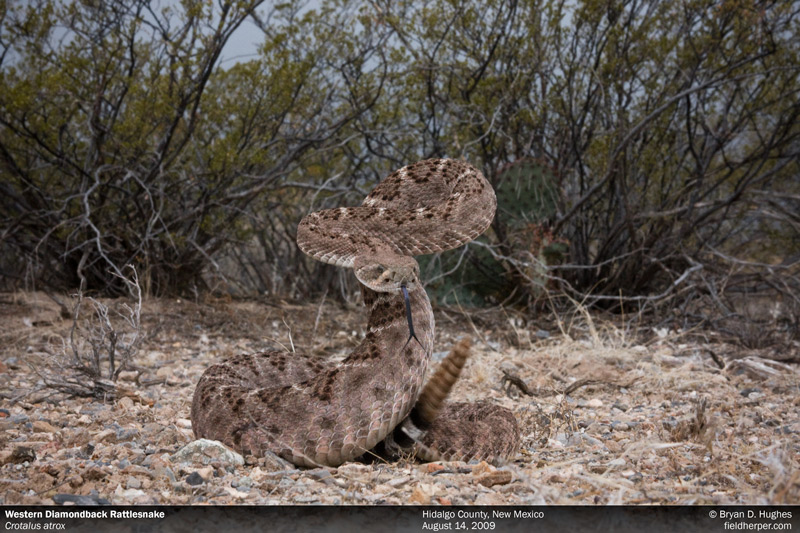
Sonoran Gophersnake
BENEFICIAL – Also commonly misidentified as a “bullsnake”. Tan, yellow, or orange in color, with dark brown blotches, between 1.5’ and 5’in length. Defensive if attacked, but non-venomous and will not bite unless attacked. A gophersnake is great free pest control.
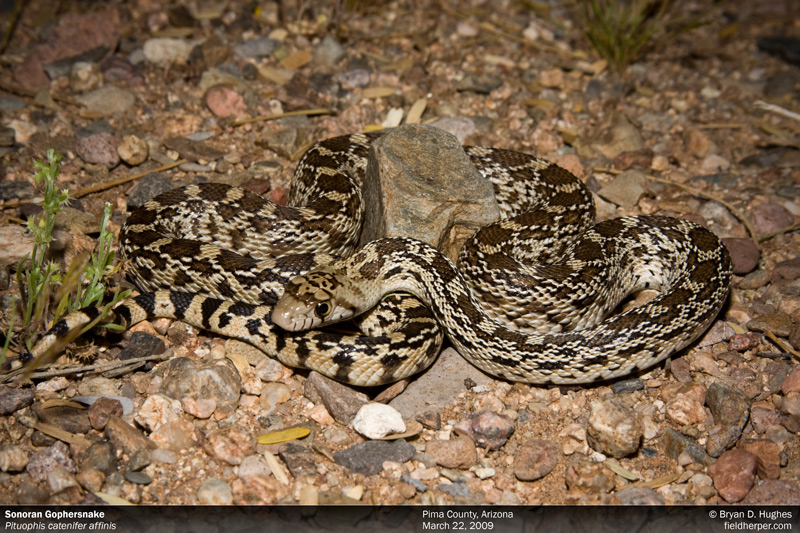
Desert Nightsnake
BENEFICIAL – Grey or dark brown with double rows of spots on the back, between 8” and 14” in length. Often confused with a baby rattlesnake due to elliptical eyes and triangular head. Absolutely harmless, this snake feeds on spiders and scorpions in the yard.
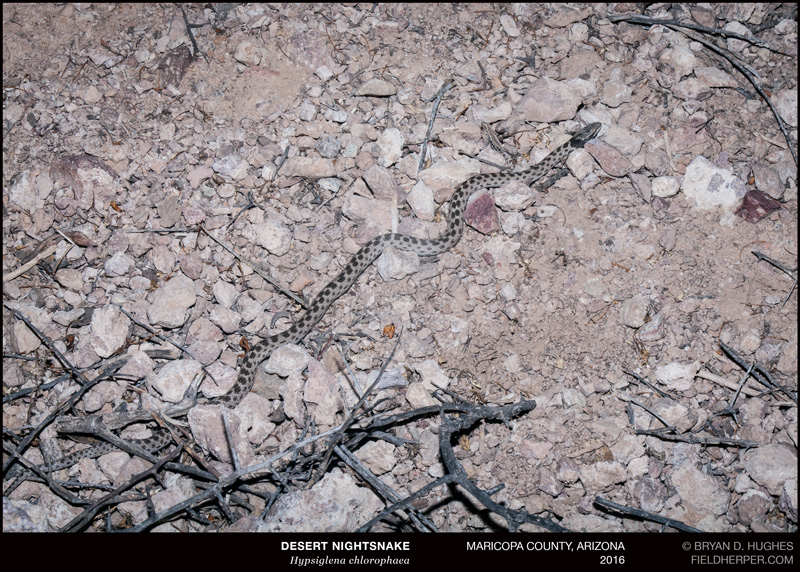
Speckled Rattlesnake
VENOMOUS – Highly variable, this snake takes the coloration of rock where it is found; orange, brown, white, or light grey. It is small, between 1’ and 3’ in length. If seen, do not approach this snake for any reason.
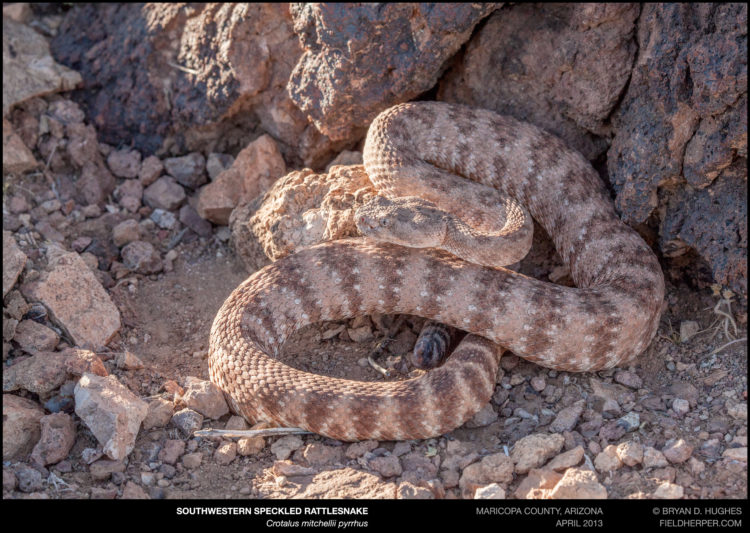
Longnosed Snake
BENEFICIAL – Often confused with the kingsnake, this snake is between 8” and 3’ long. It eats lizards and their eggs. They are absolutely harmless, and can reduce rattlesnake-attracting prey in a yard.
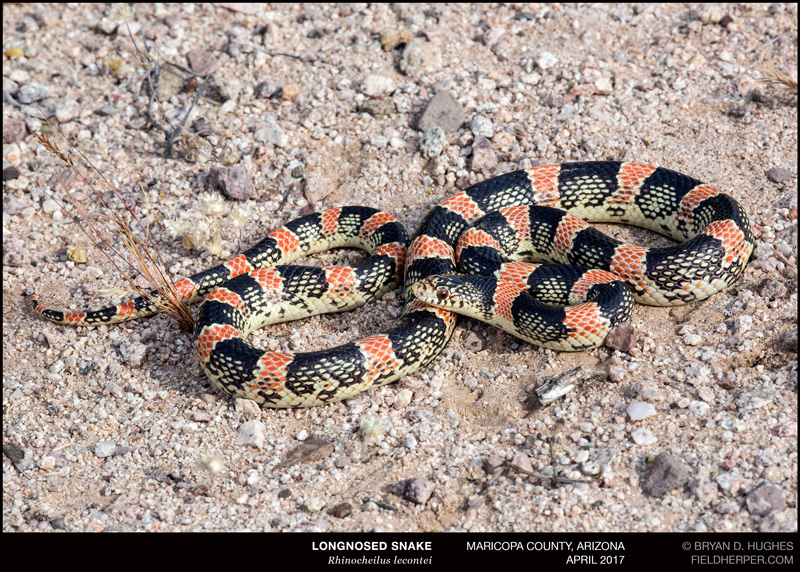
Kingsnake
BENEFICIAL – Black and white banding from head to tail, and between 1’ and 4’ in length. Kingsnakes consider rattlesnakes a primary food source, and are great to have on a property. They may bite if picked up, but are otherwise completely harmless.
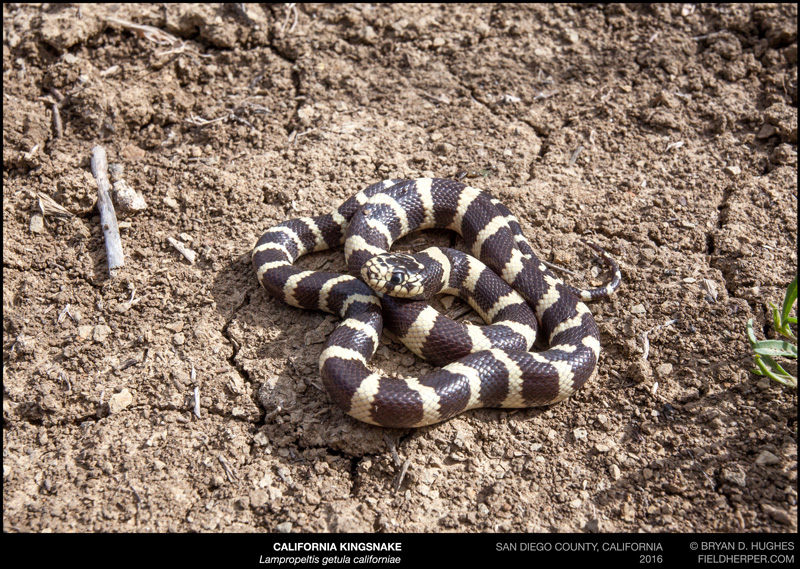
Coachwhip
BENEFICIAL – Fast, slender, and between 1’ and 5’ in length. May be black, olive, or red in color. This snake eats rattlesnakes and other prey items and should be kept as-is if seen. They will bite if picked up, but move away quickly if seen and are difficult to capture.
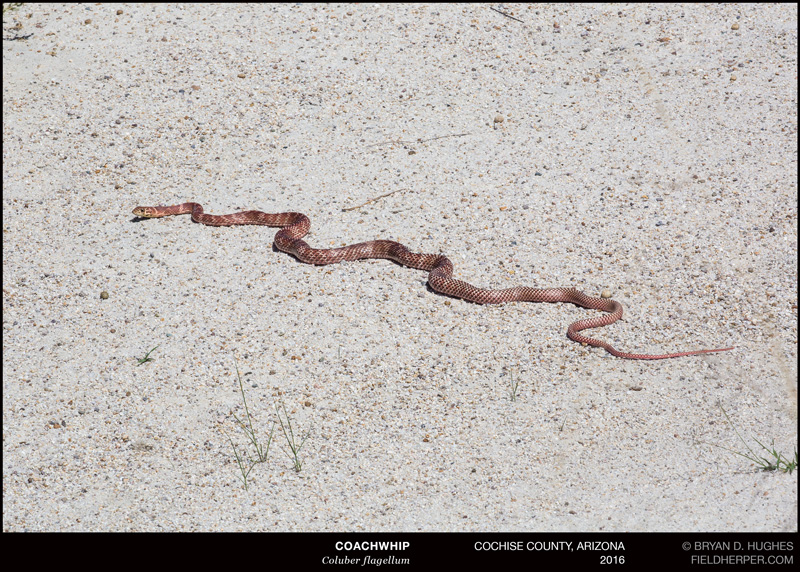
—
24/7 Removal Hotline: 480-237-9975
Snake Identification & Information: email photos to info@phoenixsnakeremoval.com

